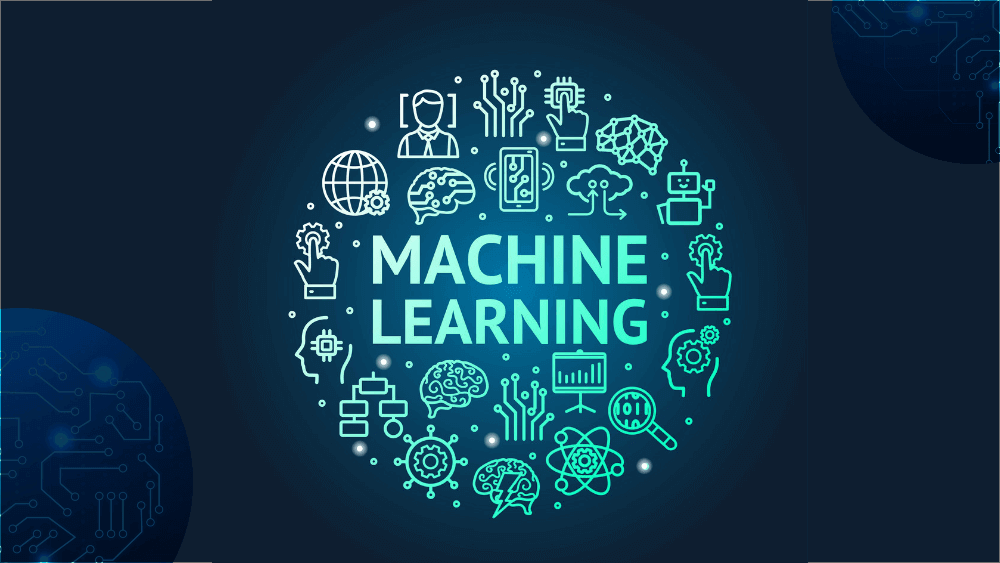justineanweiler.com – Machine learning (ML) is a subset of artificial intelligence (AI) that focuses on the development of algorithms that enable computers to learn from and make predictions based on data. By analyzing large datasets, machine learning models can identify patterns, make decisions, and even improve their performance over time without explicit programming.
The Basics of Machine Learning
At its core, machine learning relies on three main types of learning:
- Supervised Learning: This approach involves training a model on a labeled dataset, where the desired output is known. The model learns to map inputs to outputs by minimizing the error between its predictions and the actual results. Common algorithms include linear regression, decision trees, and support vector machines.
- Unsupervised Learning: In contrast to supervised learning, unsupervised learning deals with unlabeled data. The goal is to discover underlying patterns or groupings within the data. Techniques such as clustering (e.g., k-means) and dimensionality reduction (e.g., PCA) are frequently used.
- Reinforcement Learning: This type of learning focuses on training agents to make decisions in an environment to maximize cumulative rewards. The agent learns through trial and error, receiving feedback based on its actions. This approach is often used in robotics, game AI, and autonomous systems.
Applications of Machine Learning
Machine learning has found applications across various fields, including:
- Healthcare: Predictive analytics for disease diagnosis, personalized treatment plans, and drug discovery.
- Finance: Fraud detection, credit scoring, and algorithmic trading.
- Marketing: Customer segmentation, targeted advertising, and sentiment analysis.
- Transportation: Autonomous vehicles, route optimization, and demand forecasting.
- Natural Language Processing: Chatbots, language translation, and sentiment analysis.
Challenges in Machine Learning
Despite its potential, machine learning faces several challenges:
- Data Quality: The effectiveness of ML models heavily depends on the quality and quantity of data. Poor-quality data can lead to biased or inaccurate predictions.
- Interpretability: Many machine learning models, especially deep learning models, act as “black boxes,” making it difficult to understand how they arrive at specific decisions.
- Overfitting: When a model learns the noise in the training data rather than the underlying pattern, it can perform poorly on new data.
The Future of Machine Learning
The future of machine learning is bright, with continuous advancements in algorithms, computational power, and data availability. Key trends include:
- Explainable AI (XAI): Efforts are being made to develop models that are more interpretable, allowing users to understand the reasoning behind decisions.
- Transfer Learning: This approach allows models trained on one task to be adapted for another, reducing the need for large datasets and training times.
- Federated Learning: A decentralized approach where models are trained across multiple devices while keeping data localized, enhancing privacy and security.
Conclusion
Machine learning is revolutionizing how we process and analyze data, leading to innovations across various industries. As technology continues to evolve, embracing machine learning will be crucial for organizations looking to gain a competitive edge and leverage data-driven insights. Whether it’s enhancing customer experiences or improving operational efficiency, the potential of machine learning is only beginning to be realized.





